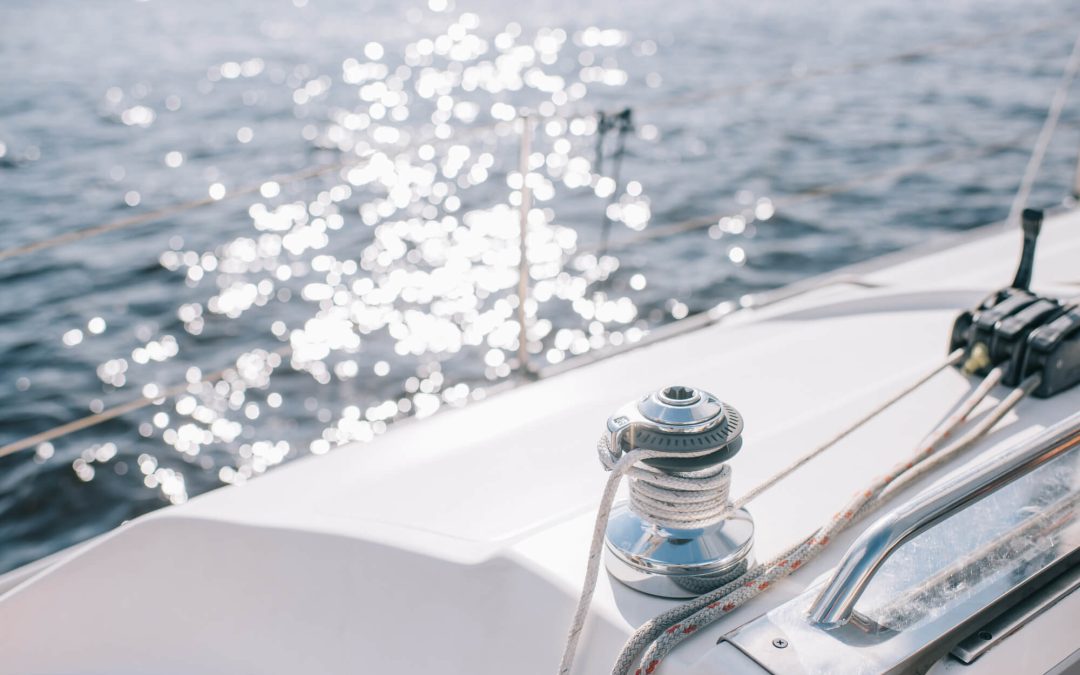If you don’t want to spend a fortune on boat preservation, you should consider investing in a boat lift in Stuart. Besides securing your vessel’s overall health from water damage and the adverse effects of weather elements, a boat lift can make cruising effortless. However, it’s worth noting that boat lift ownership requires you to pay as much maintenance attention to it as you do to your vessel.
Without a consistent boat lift upkeep routine to ensure your lift stays in tiptop shape, you’ll run the risk of extending damage to your watercraft. The last thing you want is to sink your money into repair costs for both the lift and the boat. We’ve compiled these simple boat lift maintenance tips to help keep your boat lift system in perfect condition.
The Basics of Boat Lift Maintenance
Avoid Adding Extra Weight to Your Boat
Since boat lift manufacturers have specifications regarding weight standards when using a lift, it’s best to maintain them. If you allow people inside the boat while on the lift, you’ll end up straining the cables.
Furthermore, distribute your boat’s weight evenly and avoid uneven damage by ensuring its correct position while lifting it. If you notice alignment inconsistencies, be sure to adjust the cables accordingly.
Check the Cables
Unless you perform a regular lift inspection, you won’t be able to see tears, cracks, and other signs of damage. If you’re using galvanized cables, you’ll have to replace them after two years, even after routine cable maintenance. Using the same galvanized cables for more than two years increases your lift system’s chances of collapsing, causing considerable damage to your boat.
You’ll also want to replace your lift cords if they show severe corrosion. Although well-timed lift cord repairs help extend this vital component’s lifespan, ensuring these repairs shouldn’t be a substitute for cable replacement when it’s due.
Lubricate the Lift Cables
Lift cables play a significant role in ensuring that the boat is level while being lifted off the water or lowered into it. While the cables are made of sturdy materials, they’ll eventually stretch with use and cause the carriages in each post to lift unevenly.
You can avoid this issue by regularly applying penetrating oil. Frequent oiling prevents the cables from wearing out. Before lubricating the cables, check to see if the oil doesn’t contain grease that traps humidity and causes damage to the cables. Moreover, it would help if you also grease your pulleys and gears when they make squeaking sounds.
Use Fresh Water to Rinse Cables
Your lift system becomes vulnerable to damage if it stands on salty water. Salty water elements such as salt crystals and algae weaken lift cables over time. Other lift components, including lift beams, cradles, gearboxes, and bunks, are susceptible to water damage.
Keep corrosion and rust at bay by rinsing the cables with fresh water before cruising your boat. Besides elevating the vessel’s cradle during lifting, you’ll also want to lower it upon returning.
Ensure Proper Lift Storage
Since it’s best to roll your boat lift out of the water after each boating session, consider investing in a wheel kit. Moreover, extracting your battery and storing it safely helps ensure a power lift system. You’ll also want to ensure your canopy cover is dry before storing it. Otherwise, you’ll increase the likelihood of moisture buildup and water damage.
Looking for a Top-Quality Boat Lift in Stuart?
At Hurricane Boat Lifts, we’re committed to designing and building the highest quality and most attractive boat lifts at affordable prices. Contact us to learn more about our products.



